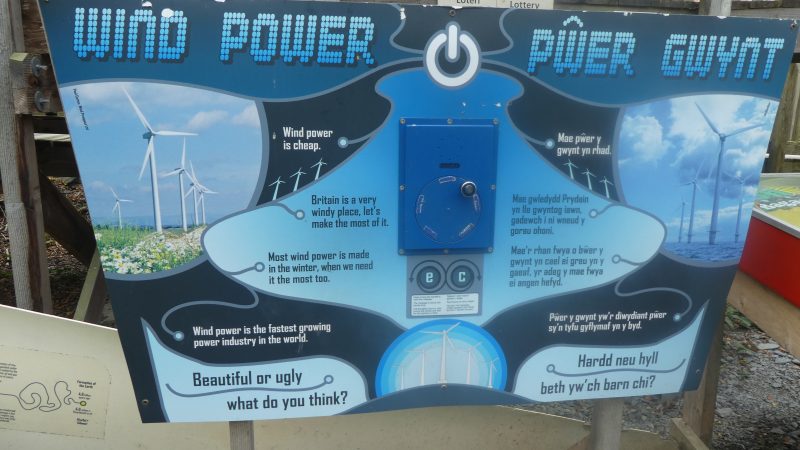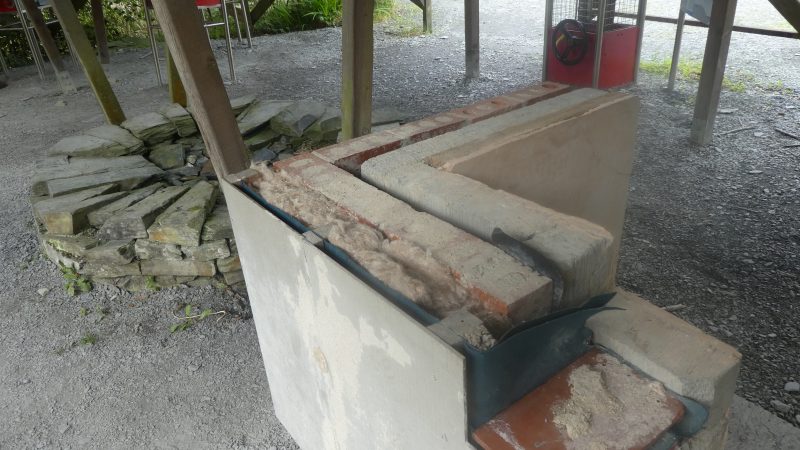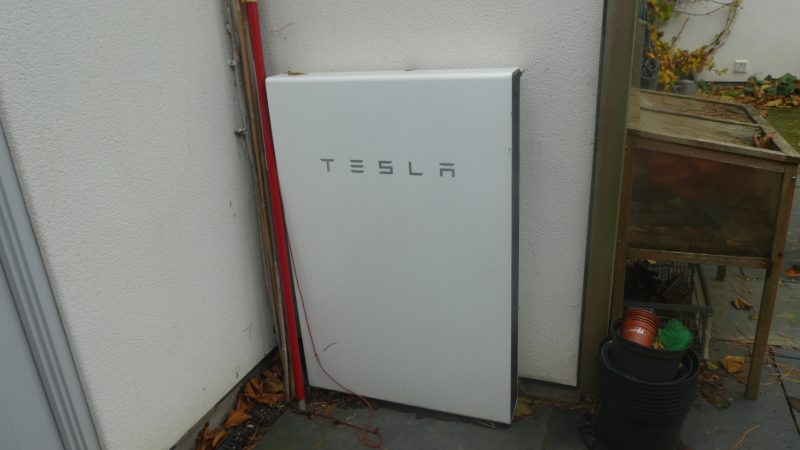The purpose of the ACT Energy & Built Environment group is to propose realistic policies and initiatives necessary to meet our mission. That is to take meaningful actions to reduce greenhouse gas emissions from our transport activities, actions that are in line with keeping atmospheric temperature increase below 1.5OC.
The working group meets regularly every four weeks (currently by Zoom). Please contact the group coordinator if you would like to join us. Everyone is welcome to discuss, plan or implement the actions needed to achieve our purpose.
We need to cooperate with others, nationally, regionally and locally. Our focus, however, will be on working locally within Teignbridge. Not only do we need to learn/share best practice, but we also need to bring our community with us if we are to be successful in delivering a sea-change in attitudes and behaviour.
Energy and Built Environment covers:
- Housing and buildings
- New development and existing stock
- Infrastructure, including all those associated with transport
- Energy services and utilities, including energy generation
Our broad policies and initiatives in response to TDC declaring a climate emergency can be found here.
We have developed a number of tools and gathered data to help everyone understand and tackle their Carbon emissions. This starts with us as individuals and extends to households and public/private organisations, or can cover a particular geography/sector within Teignbridge.
There are several activities the working group undertakes, including responding to government consultation, providing data/analysis and support to anyone that asks. Below are our current areas of focus.
We use the terms Carbon and Green House Gas (GHG) emissions interchangeably to refer to all gases that contribute to atmospheric warming. These are usually measured in terms of weight of CO2 equivalent, e.g. kg CO2e or t CO2e.
Energy
Low Carbon Energy supply is not simply a question of having more renewables. The government’s stated net zero Carbon ambitions and other related policies are of course welcome. We do not, however, think these are coherent or well thought through at this stage. In particular, we do not think there is an energy or Carbon strategy to get us to net zero, even by as late as 2050. The most recent 10 point plan is an example of potentially useful initiatives but lacking in strategy and detail.

Several Energy Hierarchies have been defined which show the steps we need to take in this journey to decarbonise everything. These hierarchies can differ slightly in their steps, but all start with reducing energy consumption as the most important or the largest impact. Technological solutions on their own, whether in improved efficiencies or more renewables, will neither reduce GHG emissions enough nor can they do it quickly enough.
Nevertheless, we will need the technological solutions to complete the task. Even if we were to make significant inroads into reducing our energy consumption, it would be impossible to reduce this to zero. Therefore, we need technological solutions to make sure the remaining energy we require has lower GHG emission than the natural environment is able to sequester.
With current projections, we will have emitted enough GHG within nine years to exceed the Paris Accord’s limits. To stay well below the 2OC temperature rise limit, we will need to get to net zero GHG emissions by 2030. See our report and explanation for this and what is causing the climate transformation.
There are a lot of conflicting reports on the next new technology that will ‘solve the problem’. We do not think there is a ‘silver bullet’. We also think there is much confusion between generating low Carbon energy and how we use energy in general. For example, both electric vehicles and heat pumps may be sold as ‘green’ or ‘low carbon’, but the energy to power them has to come from somewhere. Some would say, we’ll just have more Renewables. It’s of course not that simple. There are many big technical/logistical hurdles to overcome. Simply moving all our current transport and heating energy demand to renewable electricity is impossible for the electricity grid to deliver, certainly in the time available. See the TECs report on options for Net Zero for Teignbridge as well as the CAT report Zero Carbon Britain.
So why are ACT and many others still working hard if things are difficult or even impossible? Well, we think there are solutions, but they need everyone to take part and ‘do their bit’. If you are interested in this and the discussion around the subject of how to reach net zero, please join us. Here are a few links we’ve been working on which you may want to look into and contribute to:
- To start to reduce energy consumption, see the TECs Carbon Footprint Tracker
- The technologies that increase the efficiency of the energy we consume are discussed in Electric Vehicles, Heat Pumps, with others to follow such as Smart Homes.
- Technologies that can reduce the amount of grid electricity we consume such as solar PV, and Home Batteries.
- The technologies needed to support low Carbon energy sources are discussed in a separate paper Net Zero Technologies.
Housing We believe that whole housing retrofit will be a critical area to address. While there have been several government schemes, including the most recent £5,000-£10,000 green homes grant initiative, the local market and supply chain are not sufficiently developed to deliver quality retrofits.
We want to stimulate this market to benefit Teignbridge residents. See our current thoughts on this in Are you interested in retrofit, and also details of our retrofit scheme.



